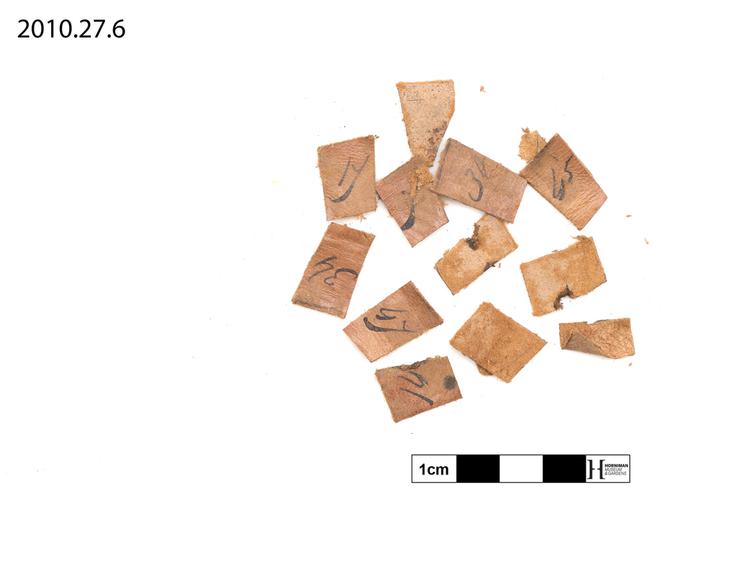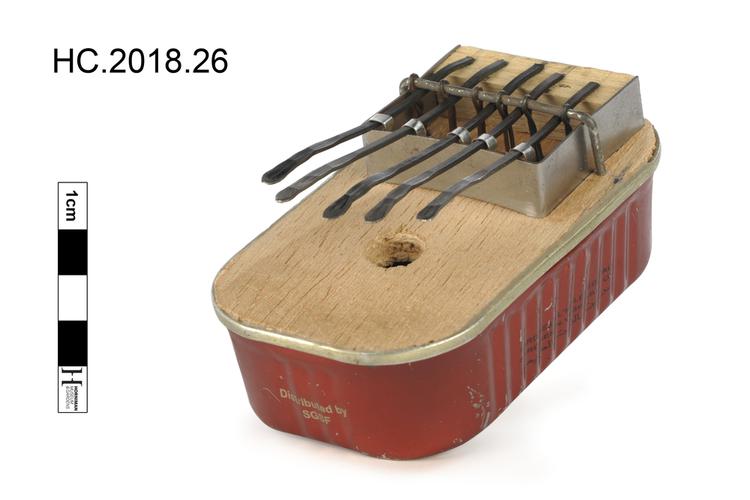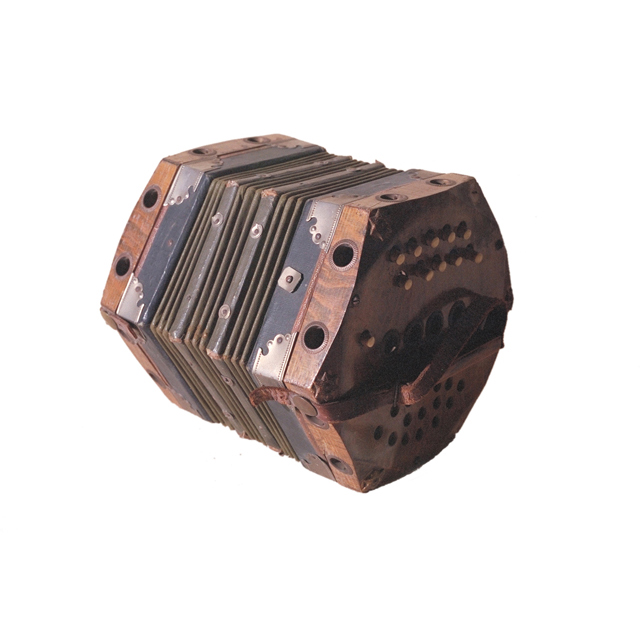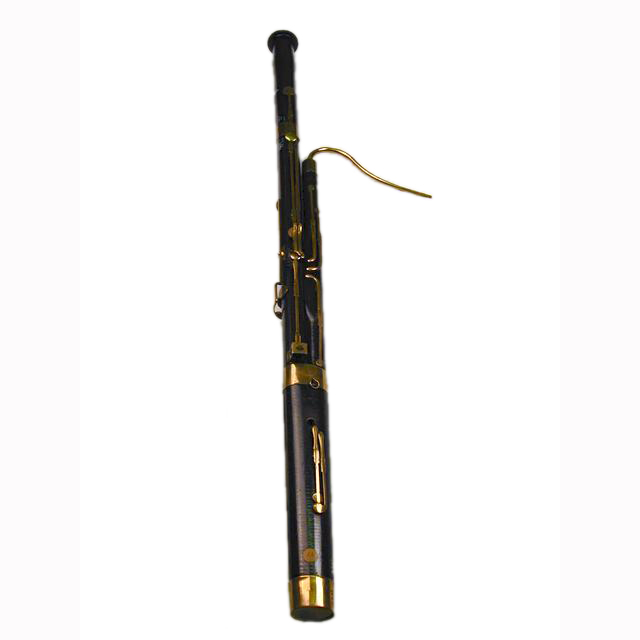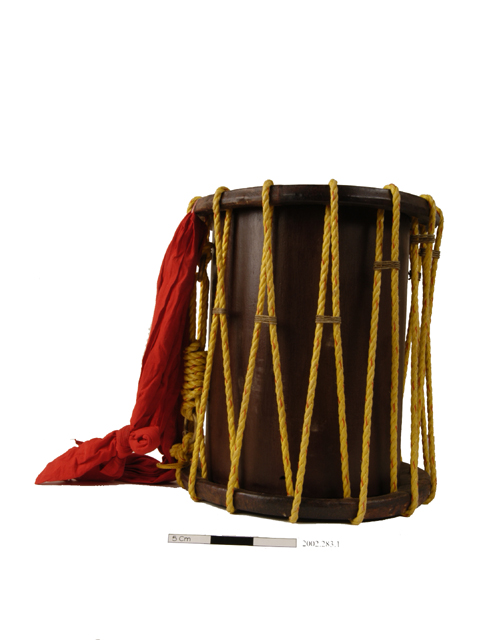
Wooden cylindrical drum with stretched membranes of animal hide at either end. The drum cylinder is bound with yellow, orange-flecked man-made fibre cords (nylon?)through which pass two brass rings and which is attached at either end to the membranes through holes in the membranes. The attached shoulder belt consists of red woven vegetable fibre cloth, attached to the drum by, at one end, yellow man-made fibre cord and, at the other end, pink vegetable fibre cord.
The leather heads (already attached to the hoops and drilled with fourteen holes for the lacing) are provided by a traditional craftsman, kollan or tolkollan, who specialises in the production of drum heads. The kollan uses the fruit of the pananji tree (Mal.) to produce a black glue. The hide already attached to the hoop is called ‘ceṇṭa (chenda) vattam’. The drum is placed horizontally on the floor in front of the seated musician. It is played at Hindu festivals and rituals in Kerala, such as the paana and paana pattu. For the paana ritual both drum sticks are used. For paana pattu, where the drummer accompanies the singer, the palm and fingers of the left hand beat the left skin while the right hand uses the drum stick.



